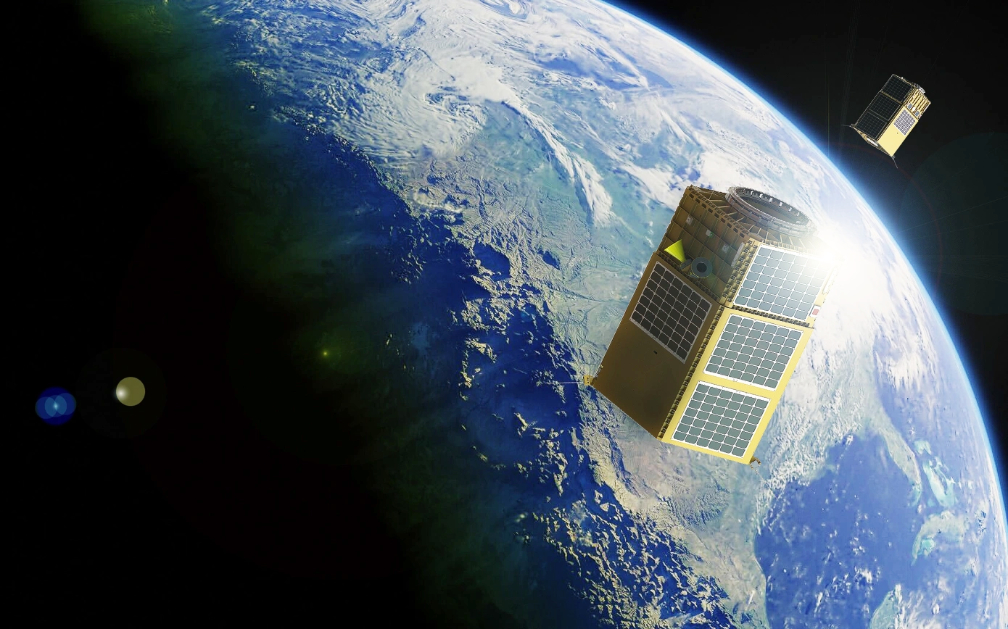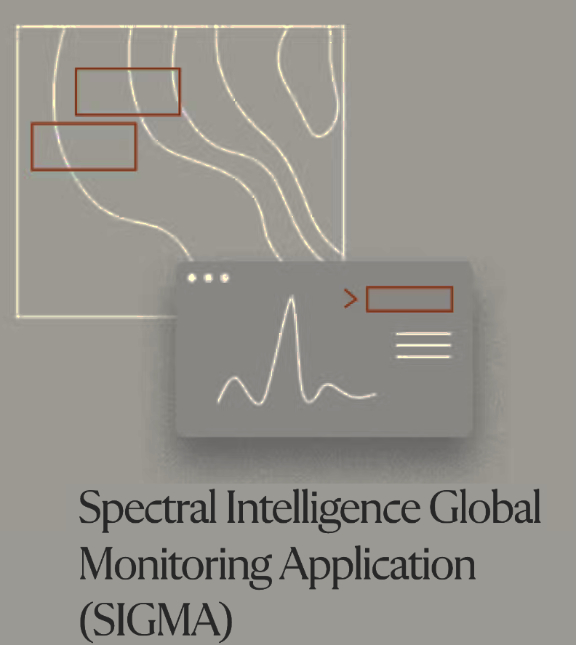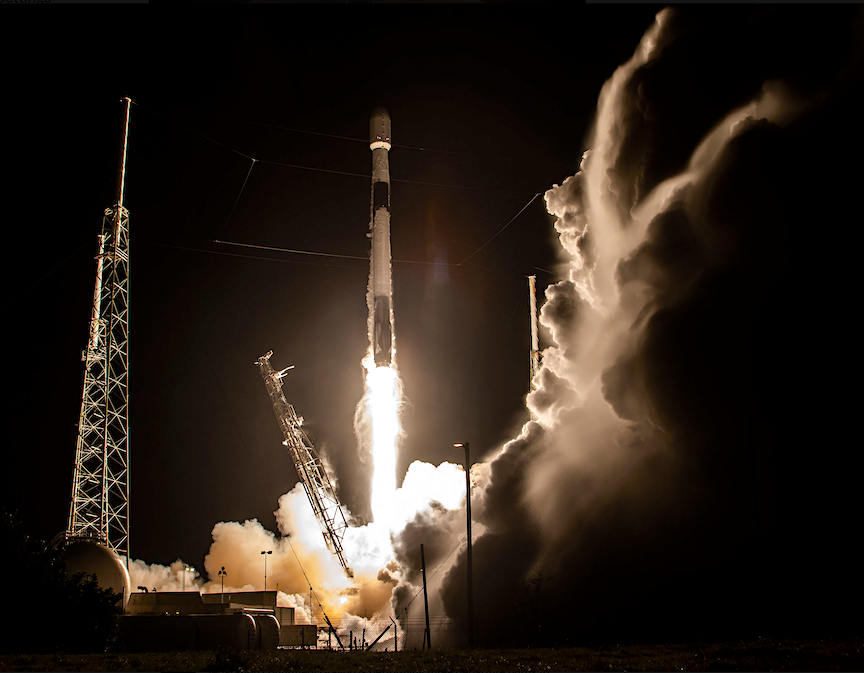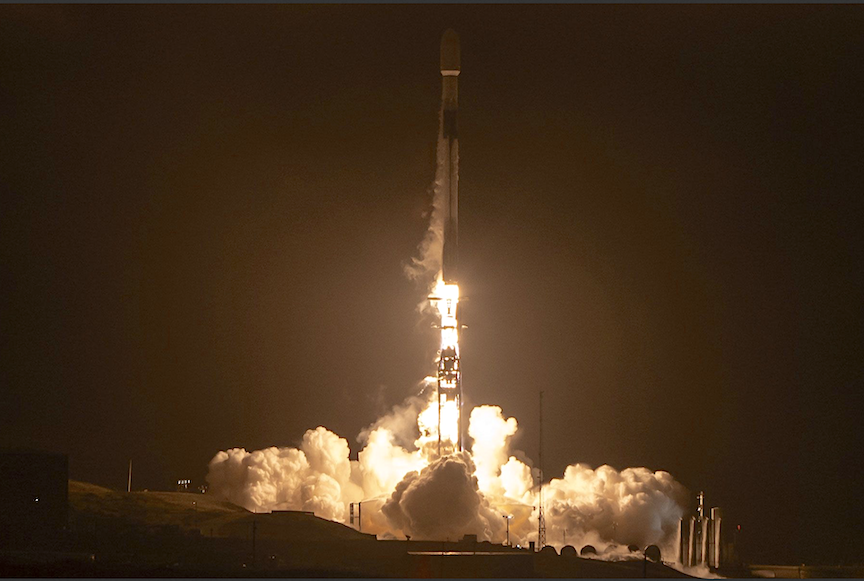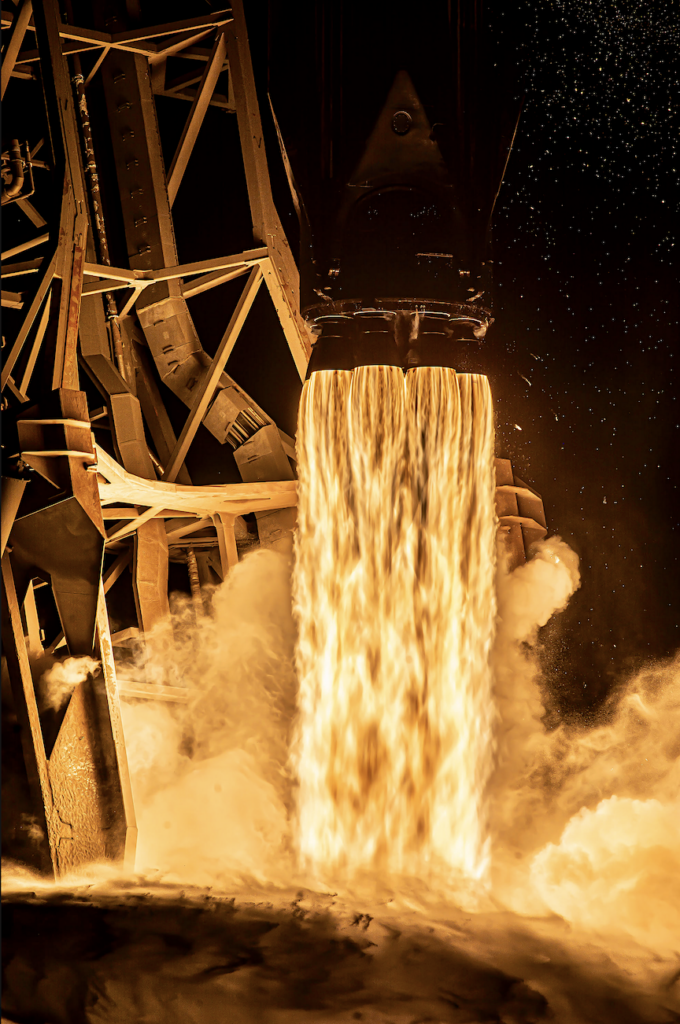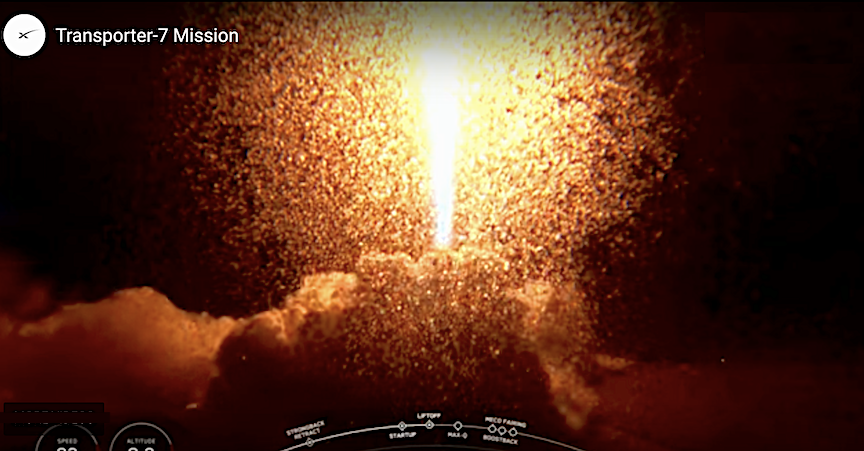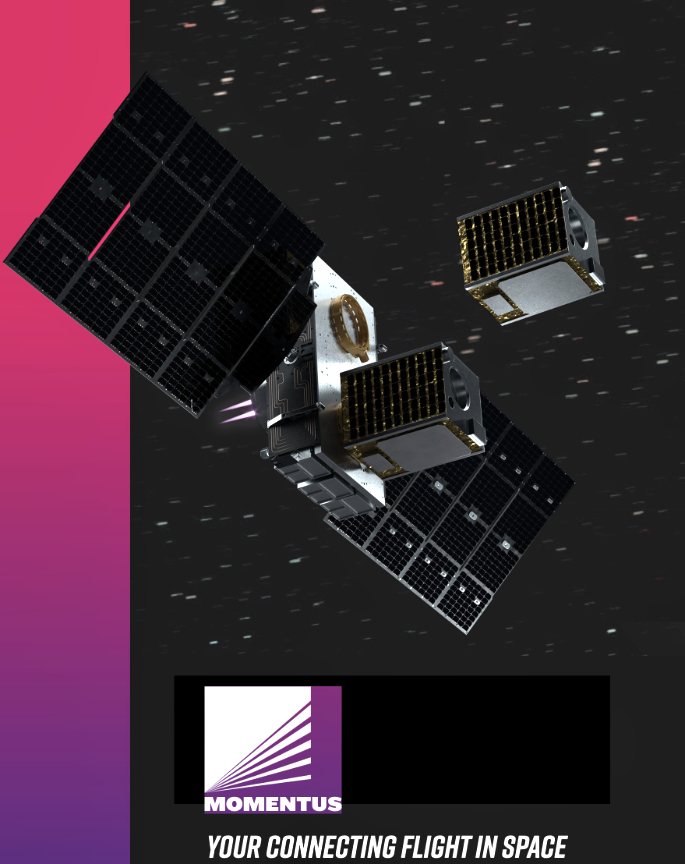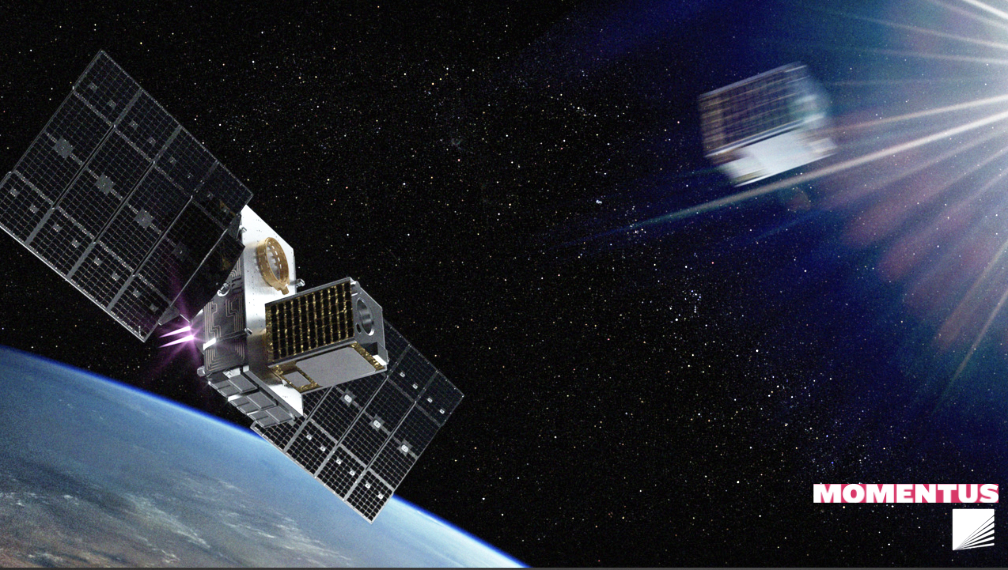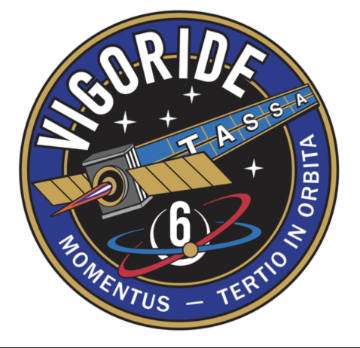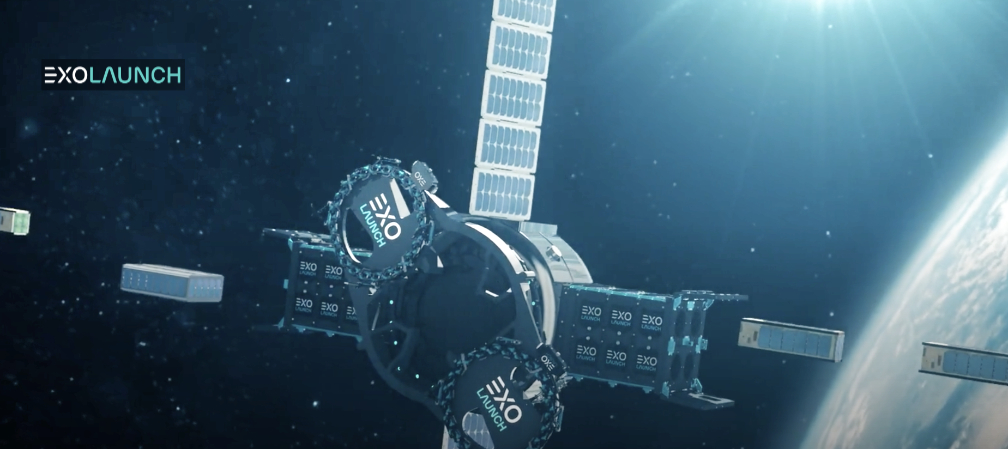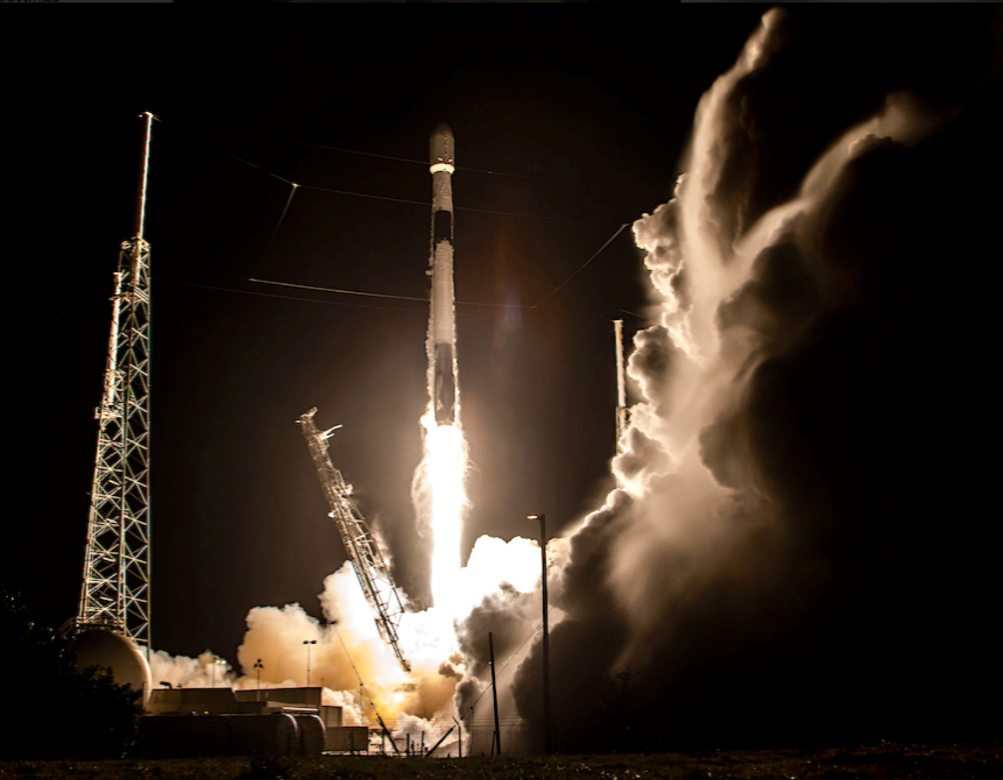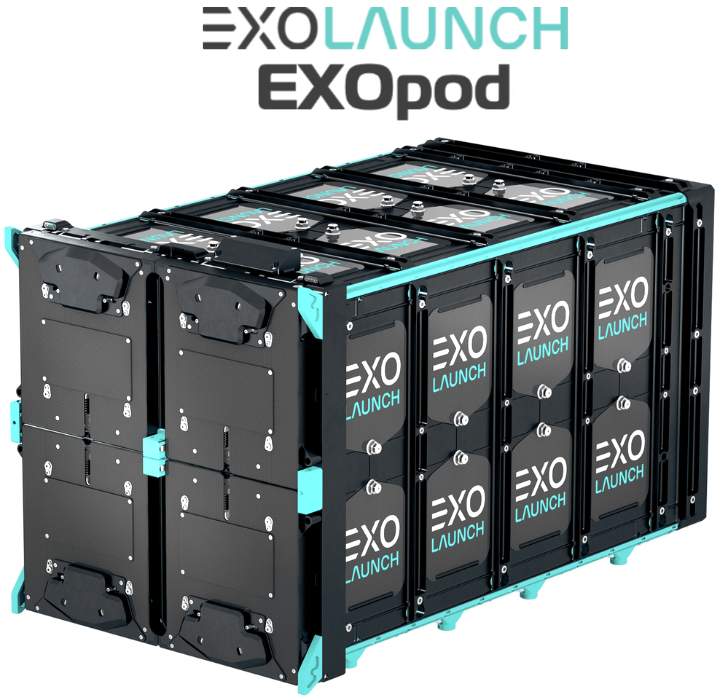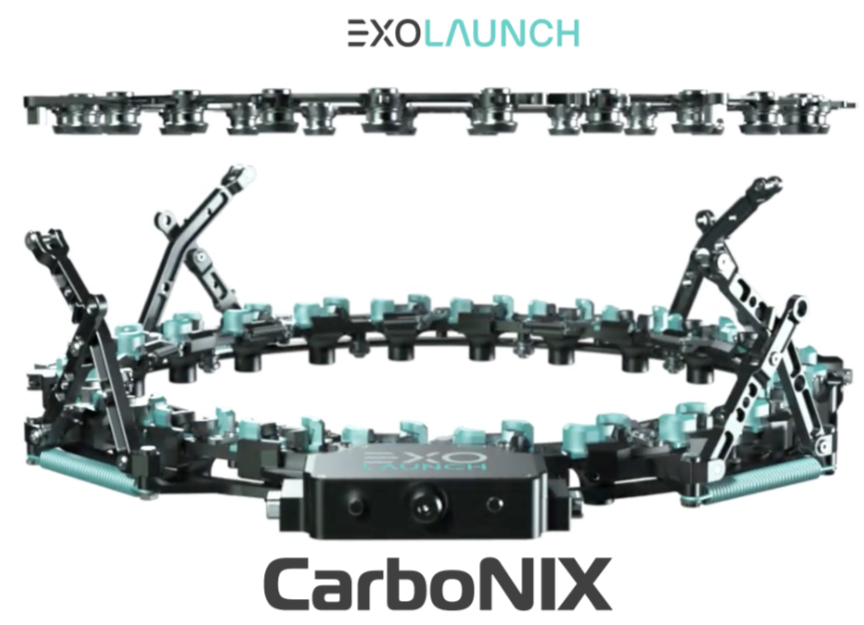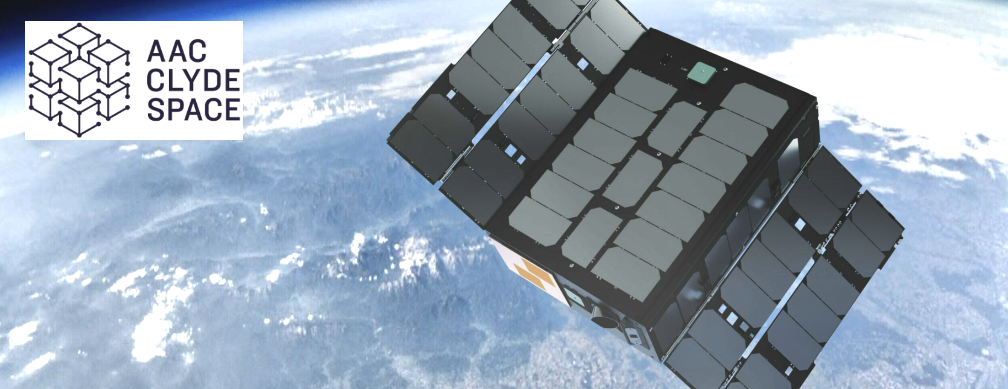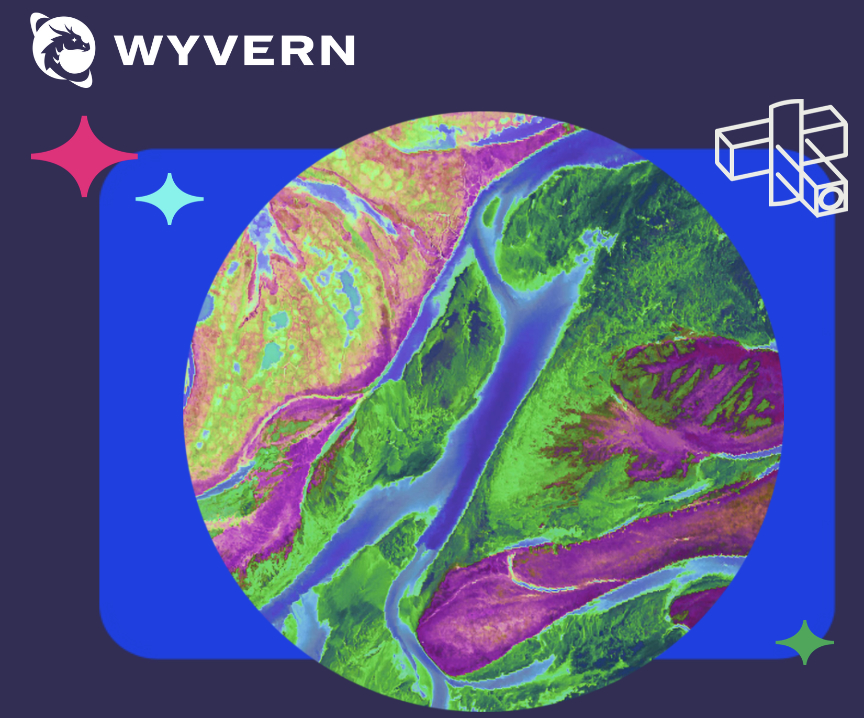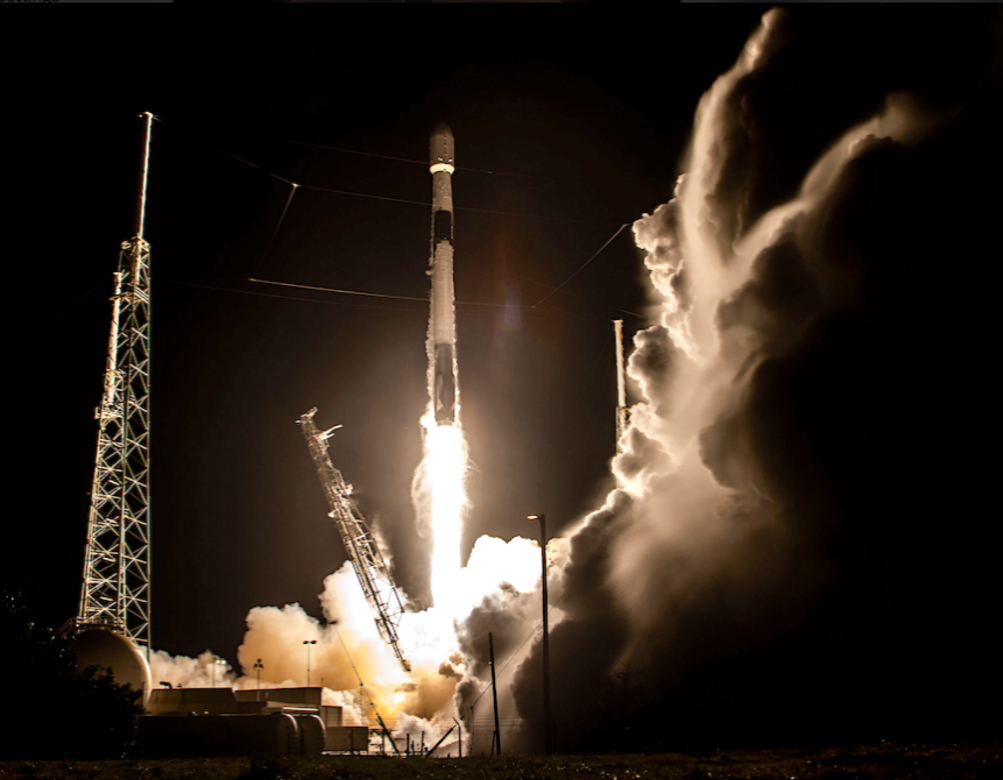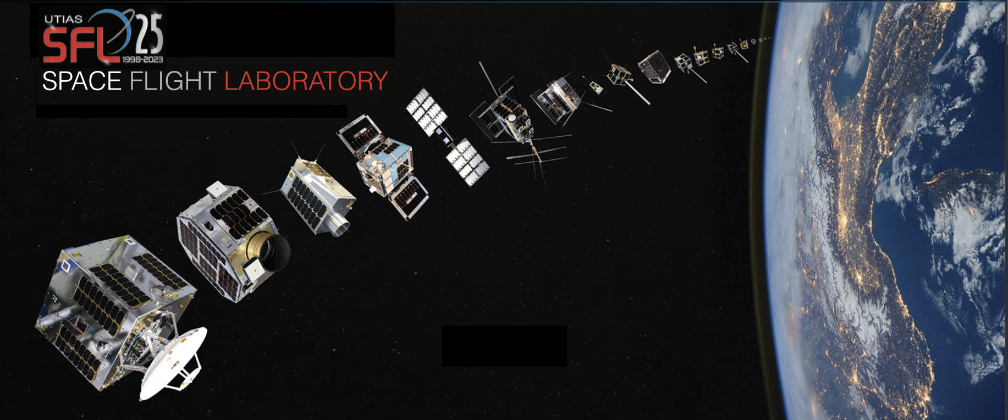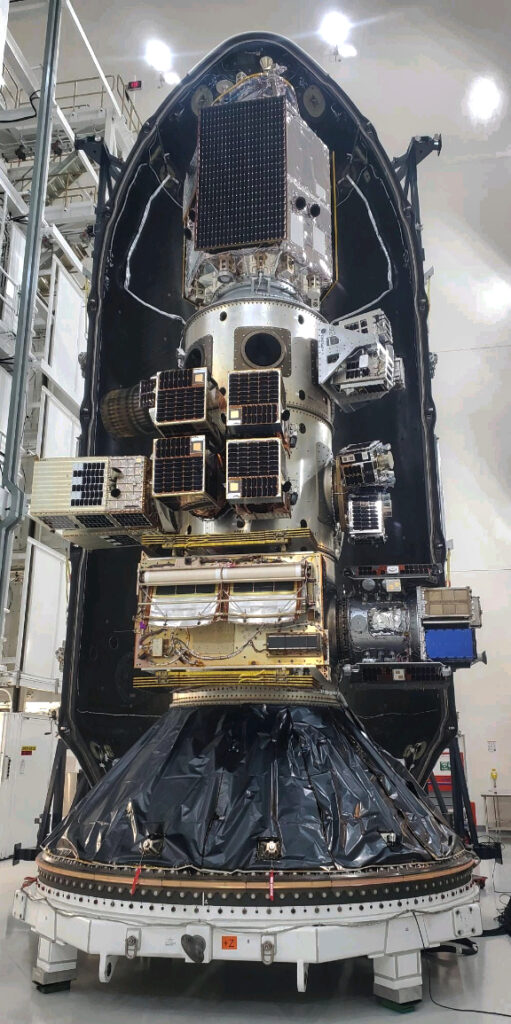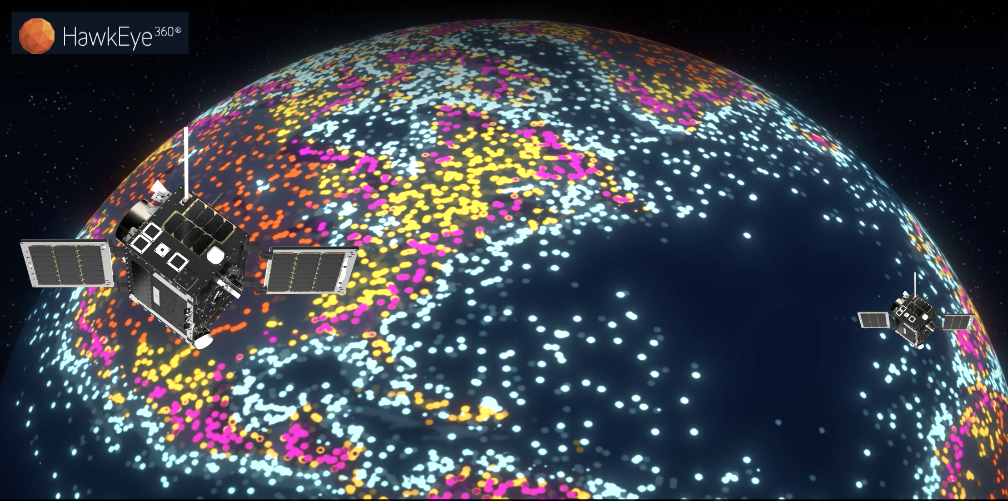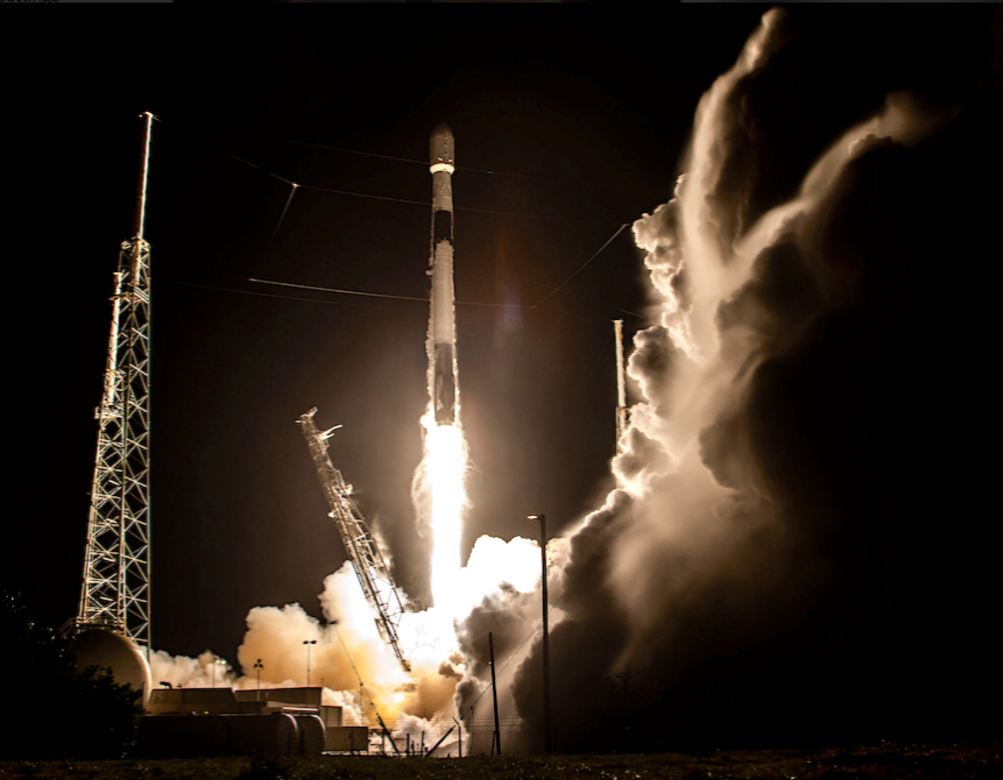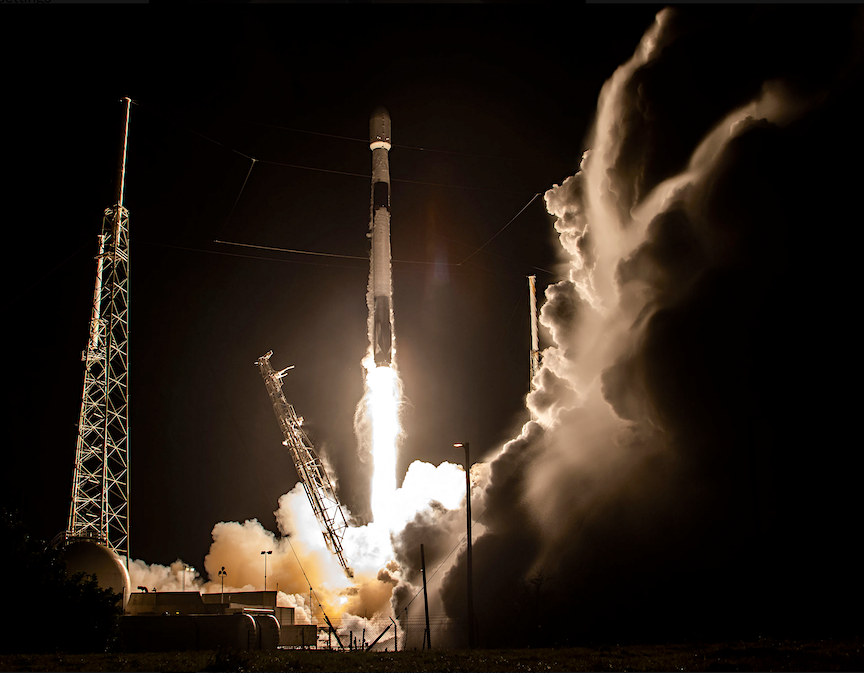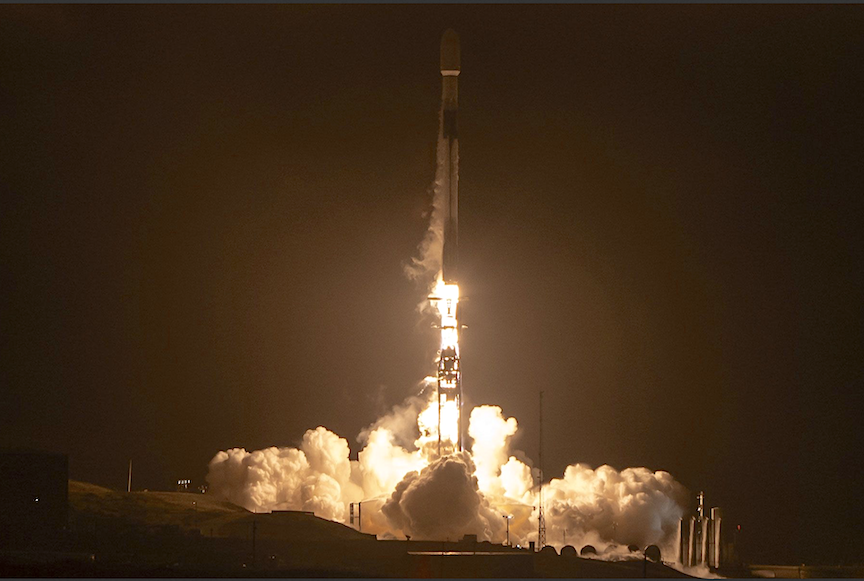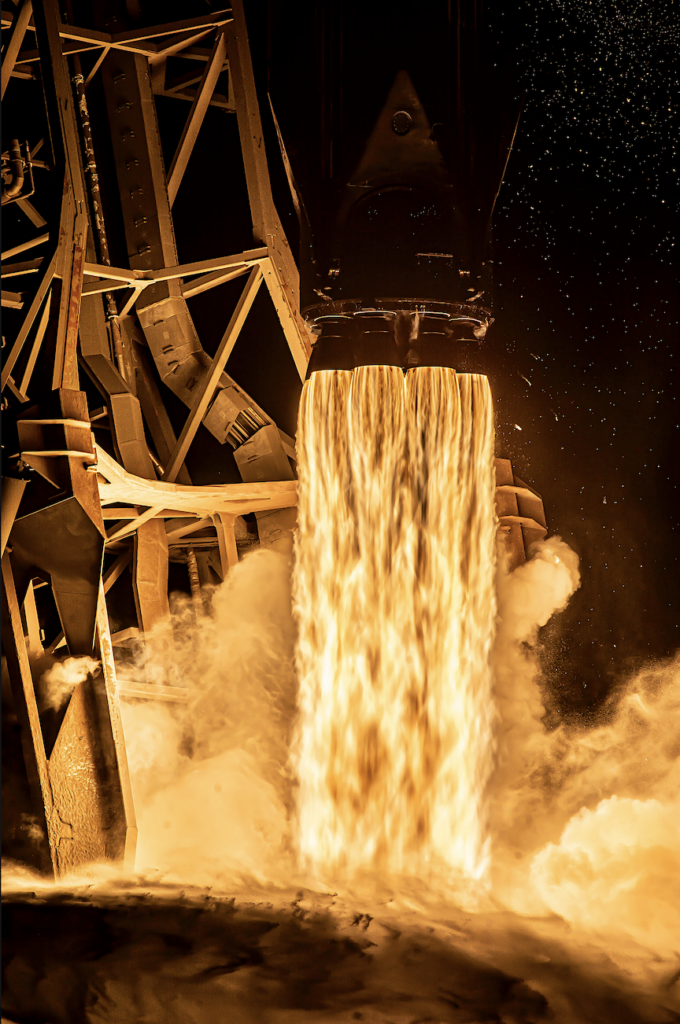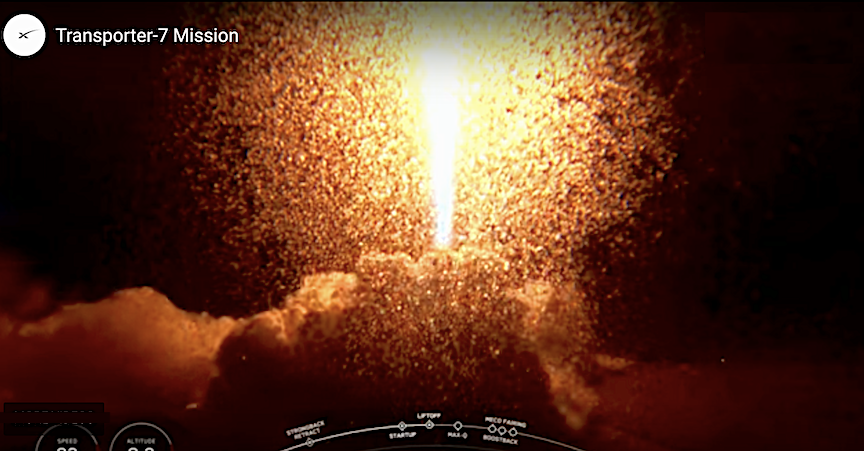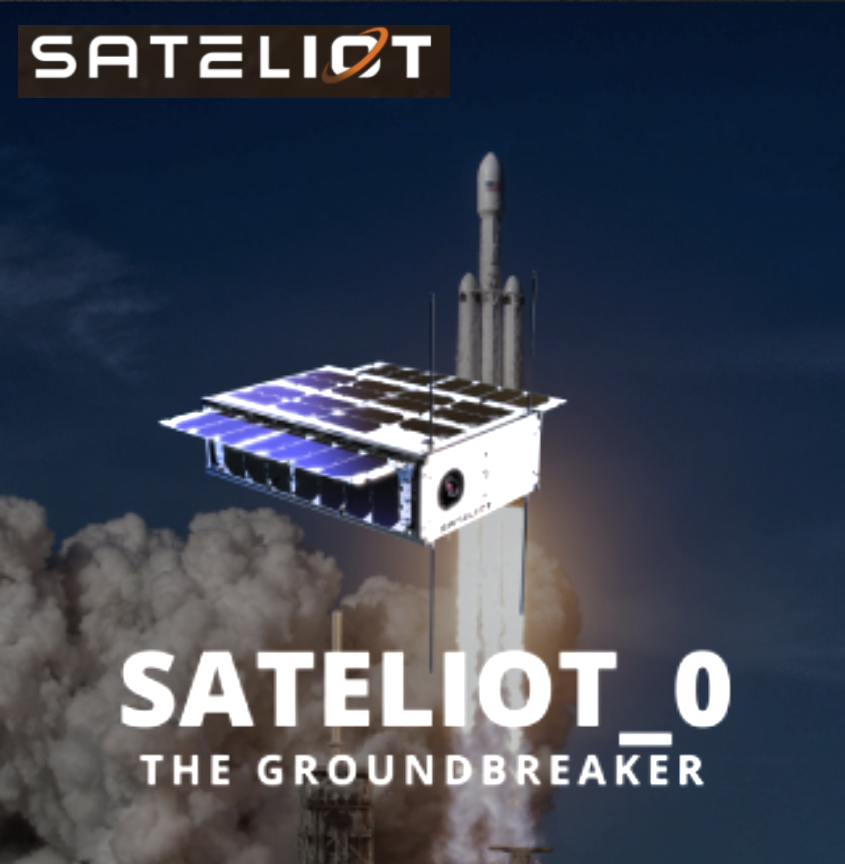
Sateliot has launched Sateliot_0 “The GroundBreaker,” the first, 5G standard, LEO satellite for access to the Internet of Things (IoT). The launch occurred during the SpaceX Falcon 9 Transporter-7 mission from Vandenberg Space Force Base in California.
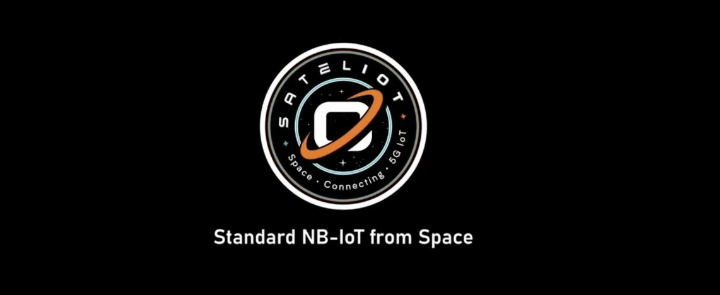
The GroundBreaker is the first of a 250 LEO satellite constellation that will operate as cell towers from space. Users can seamlessly switch from a terrestrial to a non-terrestrial 5G network with no need to purchase any extra hardware, such as antennas or modems. Users can also continue to use their current sim cards and mobile operators, thanks to the standard roaming agreements carried out by Sateliot.
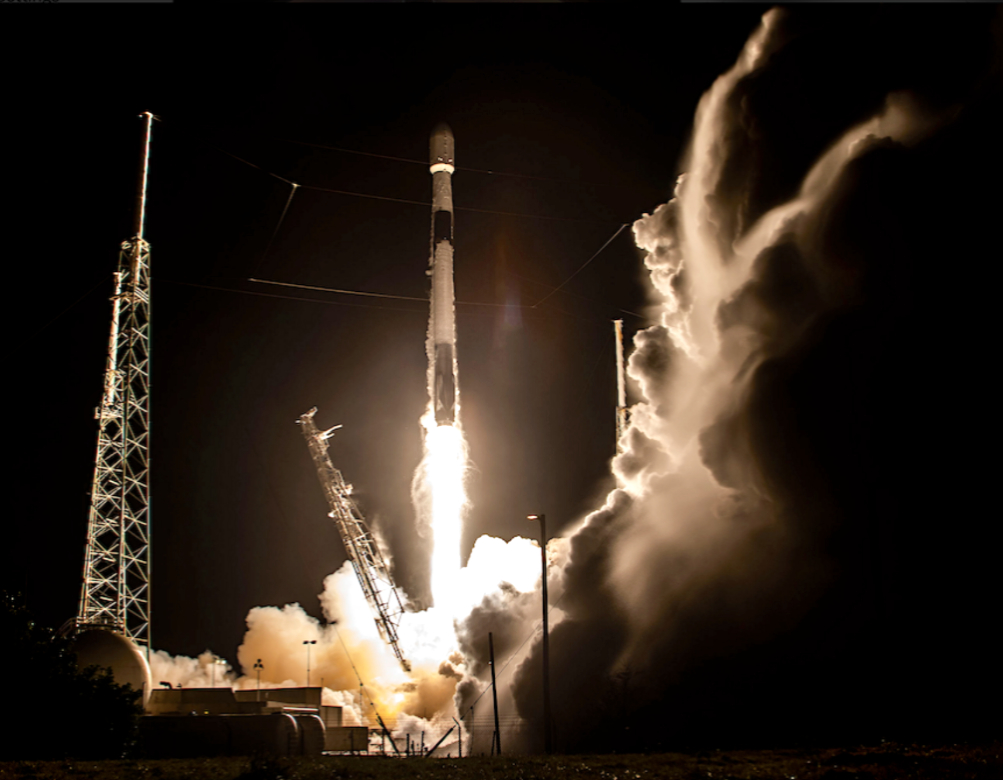
The GroundBreaker can cover an area three times as large as Texas and takes approximately 90 minutes to complete a full Earth orbit. The satellite has an onboard module that allows direct NB-IoT connection for any 5G device that supports Rel 17 NTN. This means that a single satellite can provide global coverage and retrieve key information from the surface for commercial usage, impacting on the efficiency of hundreds of industries.
The technology will provide surveillance services to maritime, railway, aeronautics and automobiles, for instance, saving billions on lost cargo, and will also grant 43 million Americans access to safe, potable water from private wells and rivers, preventing contamination and flooding, or connecting cattle for livestock management to prevent sickness and thefts, among other applications.
The company has closed agreements with global telecommunications operators and companies and already has a sales pipeline of over 1.2 billion euros. The goal is to reach 1 billion euros on billing and a 370 million euros EBITDA by 2026.


 ) (Global Hyperspectral Observation Satellite) constellation — this was accomplished aboard the Transporter 7 rideshare mission on a SpaceX Falcon 9 rocket.
) (Global Hyperspectral Observation Satellite) constellation — this was accomplished aboard the Transporter 7 rideshare mission on a SpaceX Falcon 9 rocket.